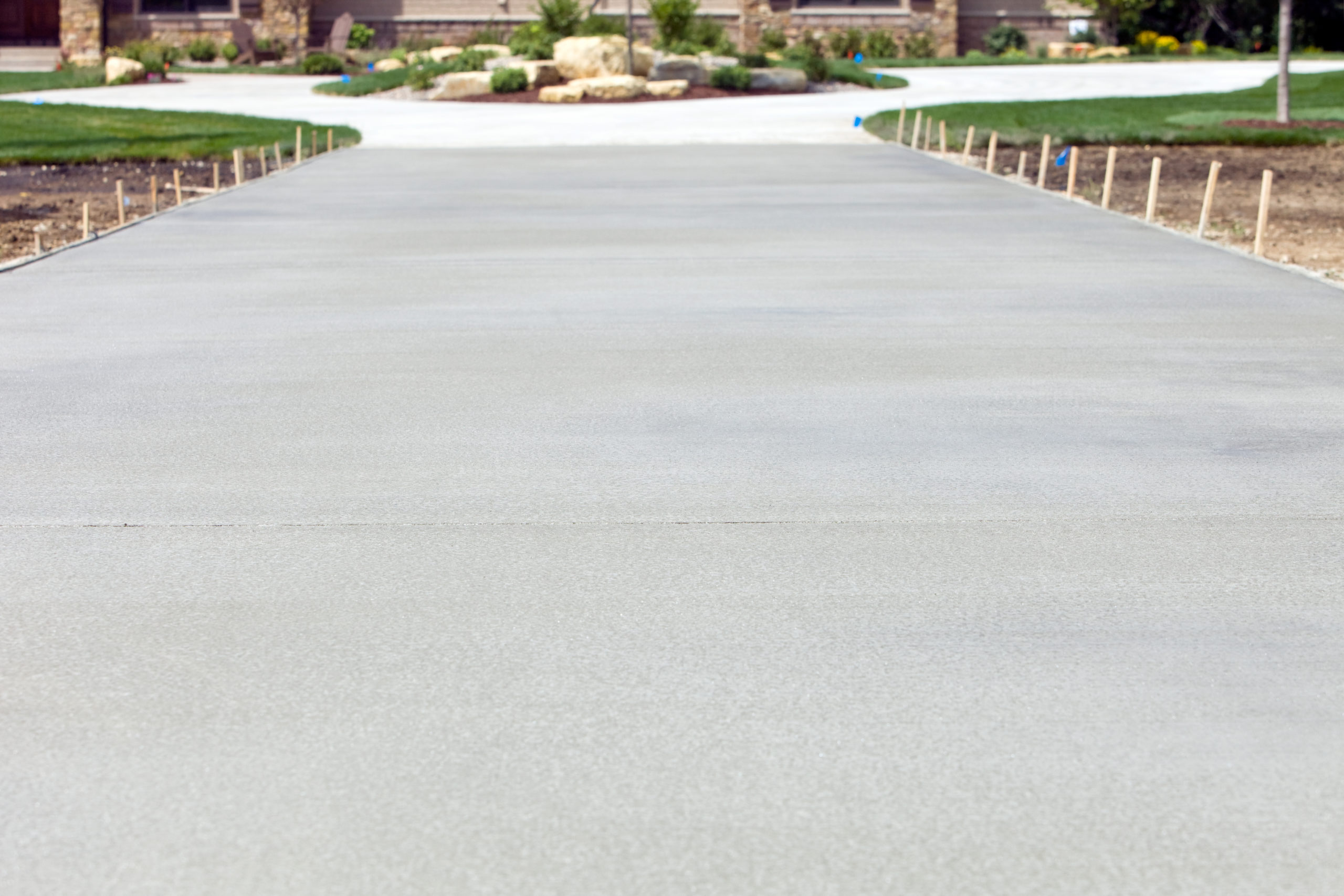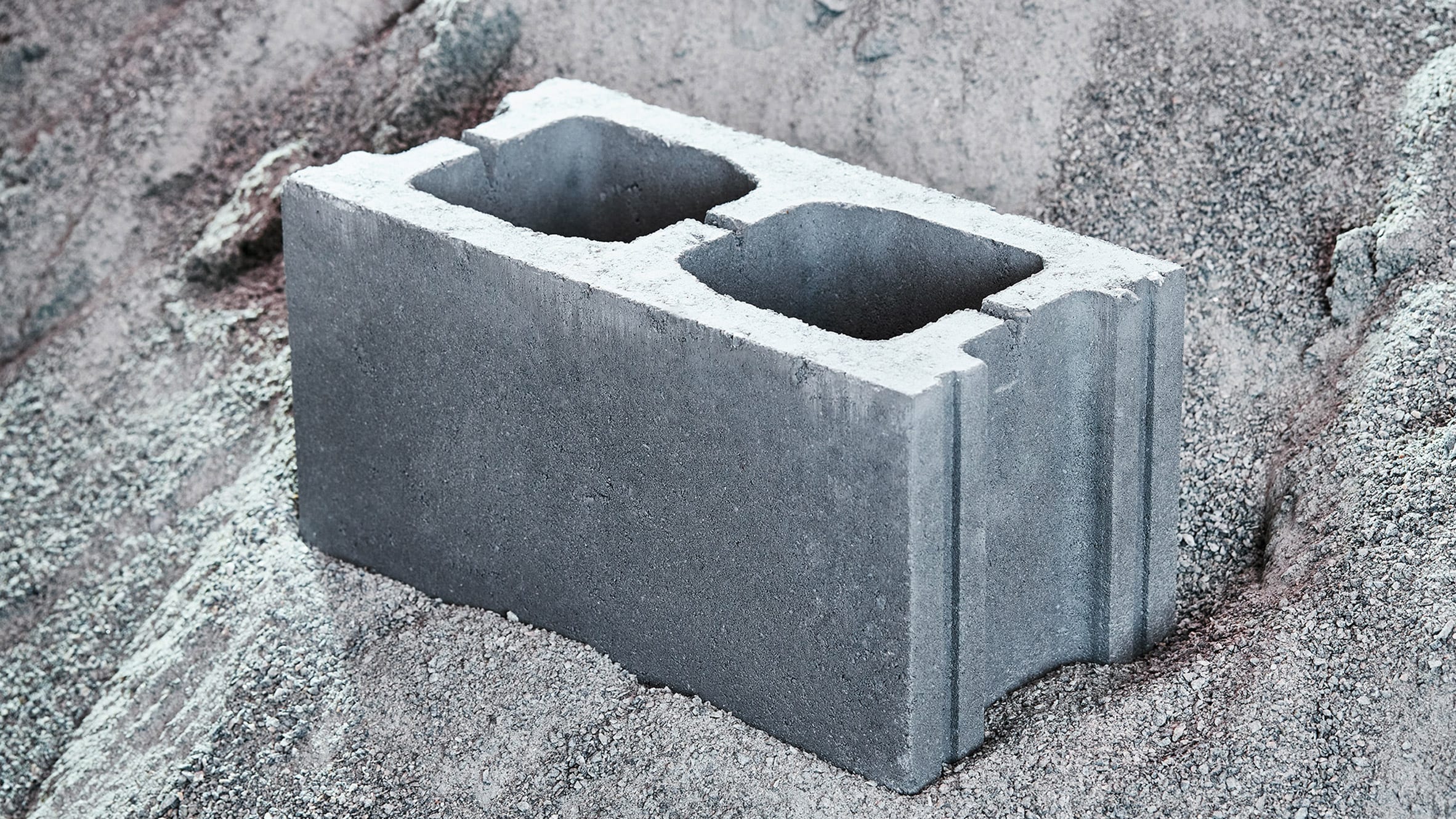Introducing the Eco-Friendly Advantages of Utilizing Recycled Concrete in Sustainable Building And Construction Practices
In the realm of lasting building and construction methods, the use of recycled concrete stands as a crucial yet usually underestimated source. Past its standard applications, recycled concrete deals a myriad of green benefits that expand much past the confines of traditional construction products. From lowering ecological effect to improving cost-efficiency, the implications of including recycled concrete in lasting structure methods are substantial. This functional material not just addresses pressing ecological worries however also offers a practical solution to the obstacles faced by the building market at huge.
Ecological Benefits
By including recycled concrete into building and construction practices, there is a significant reduction in the demand for new raw materials, leading to preservation of natural sources. Furthermore, the usage of recycled concrete diminishes the amount of waste being sent out to garbage dumps, thereby decreasing ecological pollution and minimizing the strain on land fill capacities (Concrete).

In comparison, recycled concrete has a lower carbon impact as it decreases the need for new concrete manufacturing. On the whole, the environmental advantages of utilizing recycled concrete are significant and play an essential duty in promoting eco-friendly building methods.
Cost-Efficiency
Accomplishing cost-efficiency is a critical factor to consider when assessing the use of recycled concrete in construction projects. One of the essential benefits of making use of recycled concrete is its cost-effectiveness compared to standard concrete. The production of recycled concrete includes much less energy and resources as it makes use of existing materials, lowering the total project expenses dramatically. Furthermore, the schedule of recycled concrete in your area can even more reduce transportation costs, making it an extra economical selection for construction projects.
In addition, making use of recycled concrete can bring about cost savings in landfill expenses by diverting concrete waste from disposal sites. This not only decreases the environmental influence but likewise removes the costs connected with waste removal. In addition, the sturdiness and efficiency of recycled concrete are similar to traditional concrete, making certain that expense savings do not jeopardize the quality of the building and construction.
Sturdiness and Toughness
Recycled concrete deals similar, if not superior, sturdiness and stamina residential or commercial properties to standard concrete - Concrete. With improvements in processing techniques and top quality control, recycled concrete can fulfill or surpass the efficiency requirements of traditional concrete.

Waste Reduction
When it comes to making use of recycled concrete, waste reduction is a key benefit that adds substantially to ecological conservation. By incorporating recycled concrete into construction jobs, this waste is repurposed and diverted from land fills, lowering the overall environmental influence of construction activities.
Recycled concrete not only helps in lessening the quantity of waste that winds up in land fills yet additionally conserves natural deposits by reducing the need for brand-new accumulated materials. This procedure of waste decrease promotes a circular economic situation within the building industry, where products are reused and reused to create a more sustainable sector. Furthermore, making use of recycled concrete can bring about set you back financial savings for construction tasks, as it is commonly much more cost effective than sourcing and delivering brand-new materials. Finally, waste decrease through the use of recycled concrete is an important element of lasting building methods that benefits both the atmosphere and the construction sector in its entirety.
Energy Conservation
Energy preservation is a crucial element of lasting construction techniques, intending to minimize the overall energy usage connected with structure procedures and products manufacturing. Considerable power financial savings are achieved compared to conventional concrete production when it comes to using recycled concrete in construction. The process of creating recycled concrete involves crushing and reusing existing concrete materials, which eats much less power than mining, handling, and transporting resources for new concrete manufacturing. Additionally, making use of recycled concrete can aid decrease the need for virgin accumulation, additional minimizing the energy-intensive removal and processing of all-natural sources.
Verdict
Finally, the usage of recycled concrete in lasting construction techniques uses various ecological benefits, cost-efficiency, sturdiness, this toughness, waste decrease, and energy preservation. By integrating recycled concrete right into building and construction tasks, we can contribute to an extra ecologically friendly and lasting future. It is vital for the construction market to focus on using recycled products to help in reducing the environmental effect of building tasks.
One of the key benefits of making use of recycled concrete is its cost-effectiveness compared to typical concrete.Additionally, the usage of recycled concrete can lead to cost savings in land fill prices by drawing away concrete this hyperlink waste from disposal sites. The durability and performance of recycled concrete are similar to standard concrete, making sure that price savings do not jeopardize the top quality of the building.
